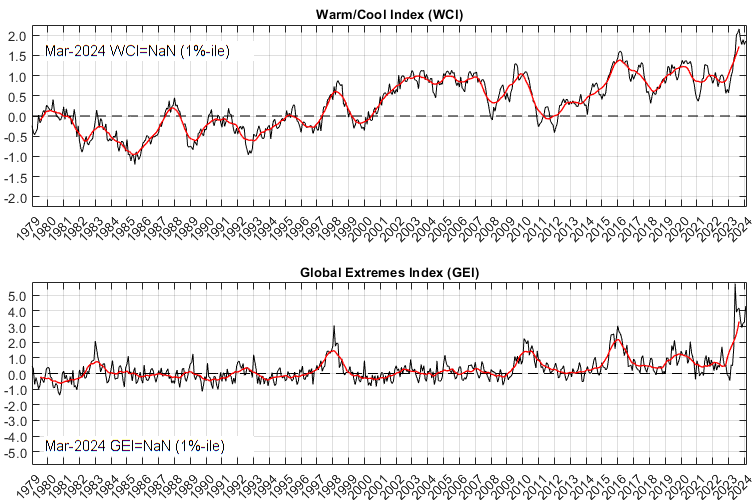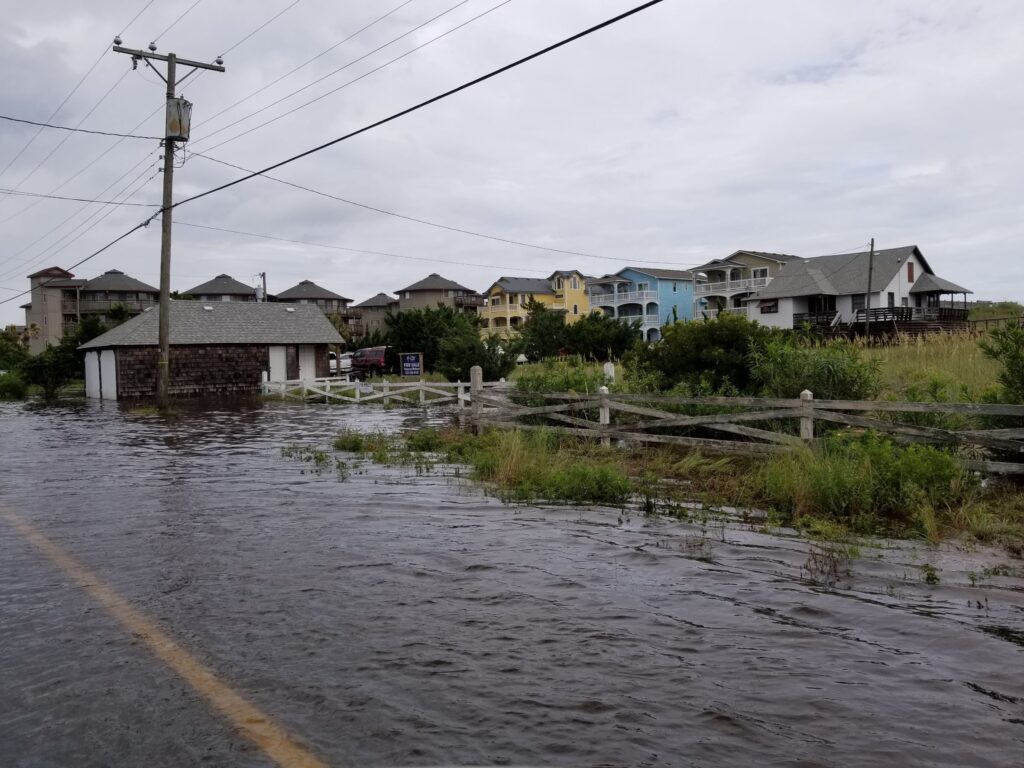
Climate Change
Climate change is the single biggest environmental issue of the next century. We specialize in historical analysis and future projections of climate change impacts on society. We have been funded by NOAA and NASA to explore and monitor various aspects of our changing climate. Applications range from air mass frequencies, to extreme temperature events, tornado frequency, water clarity, human mortality and many others.
Synoptic Climatology
Synoptic Climatology is the study of the climate system through the lens of discrete atmospheric circulation patterns, pressure sytems, and/or air masses. These ‘synoptic-scale’ features of the atmosphere are highly impactful on society. This perspective on applied climate research offers a unique – and inherently multivariate – way of analyzing our atmospheric environment, and has been used in a large majority of our research. Applications of synoptic climatology have been used in most of our federally funded projects, including water clarity indicators, sea-level variability, and monitoring nontraditional indicators of climate change that are linked to human health.


Sea-Level Variability
While background sea-level rise is a major area of climate change impacts research, coastal environments are also impacted significantly by shorter-term variability in the coastline. While astronomical tides can have have major impacts on diurnal sea-levels, seemingly mundane weather can also have tangible impacts on these areas. Multiple research grants and contracts over the last few years have gone into the analysis of the impacts of synoptic-scale forcing (pressure patterns and wind forcing, especially) that leads to sunny-day flooding – especially along the Atlantic Coast of the United States
Biometeorology
Biometeorology is the study of the interaction between the atmosphere and any living organism. The majority of our research in these areas focuses on the impacts of climate/weather on human health – specifically human mortality. Of particular interest, is the substantial impact of extreme heat events and extreme cold events on human health. In addition to our original research in this area, Dr. Sheridan (Editor-in-Chief) and Dr. Lee (Managing Editor) are also both involved with editing the International Journal of Biometeorology.


Lightning
Since 2023, Dr. Lee has directed ClimRISE Lab research (funded by NOAA through a sub-award from the University of Maryland’s CISESS program) into how lightning is related to synoptic-scale atmospheric circulation and air masses. Much of our lightning interest stems from data provided via the Geostationary Lightning Mapper (GLM), a lightning detecting instrument aboard the GOES-16 satellite. The GLM Science team at NOAA is led by Dr. Scott Rudlosky, who is a collaborating senior scientist with the ClimRISE Lab and has an office at Kent State. Dr. Rudlosky is a subject matter expert on lightning for the National Environmental Satellite, Data, and Information Service (NESDIS) within NOAA.
